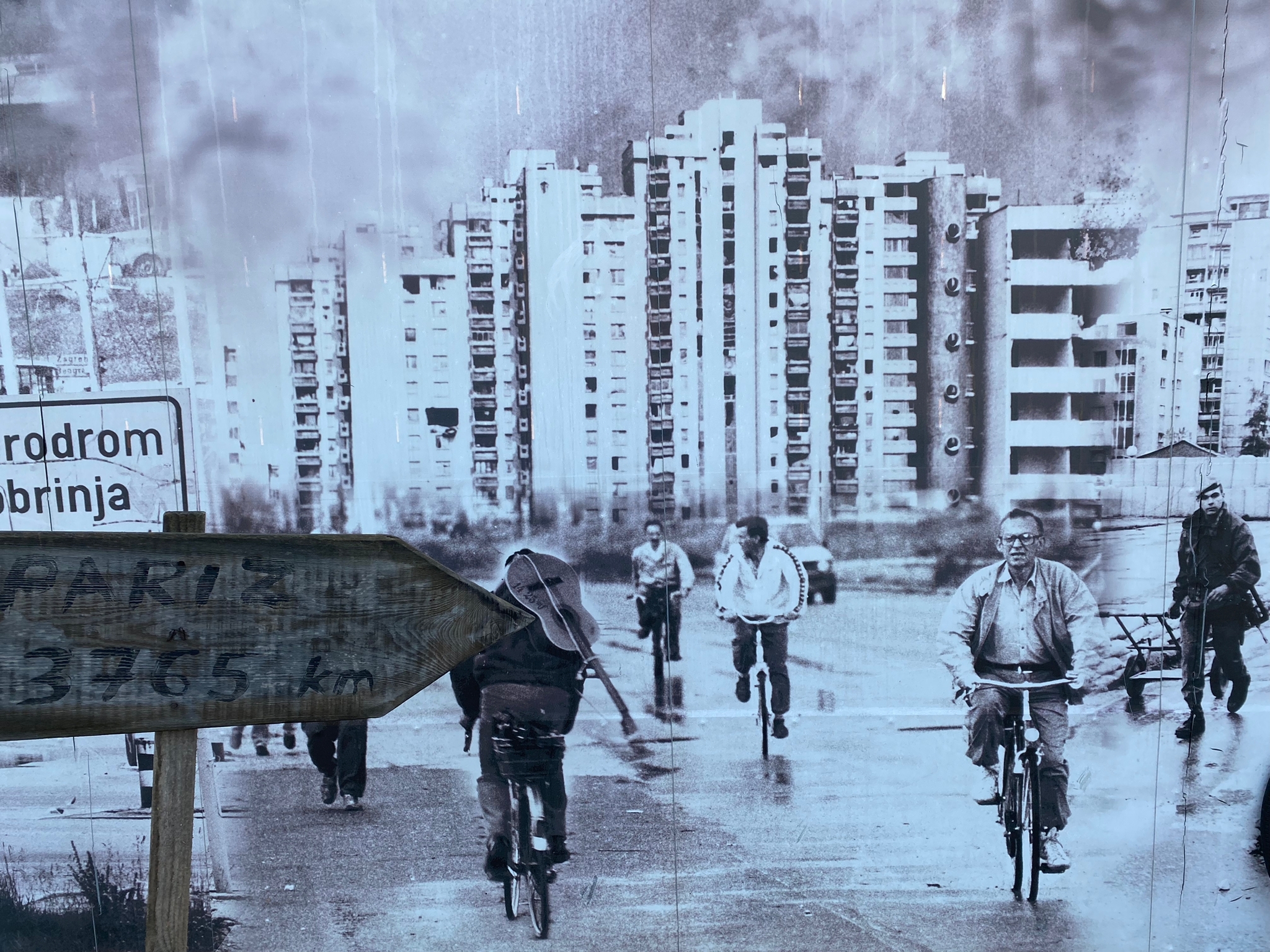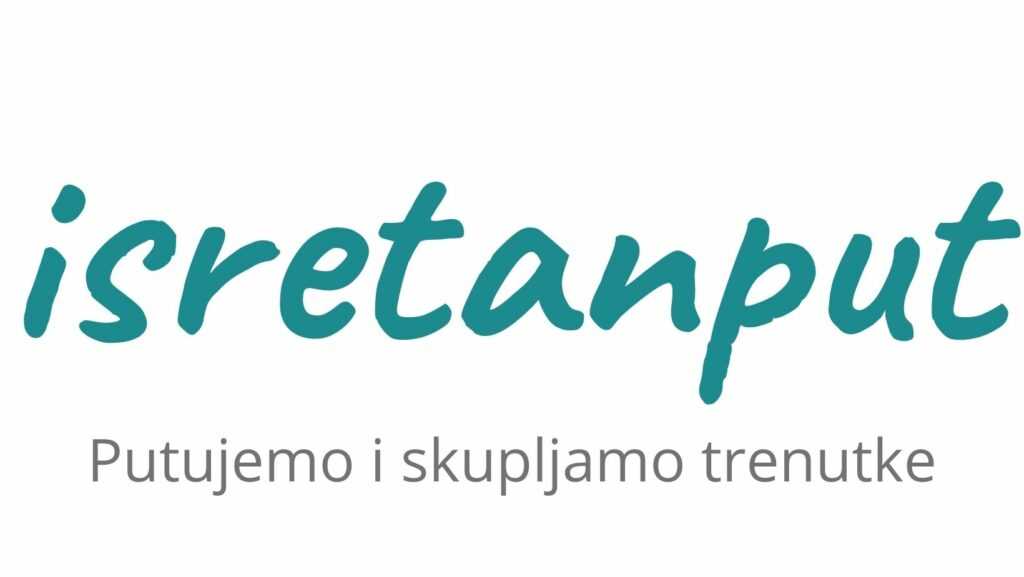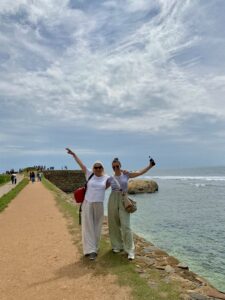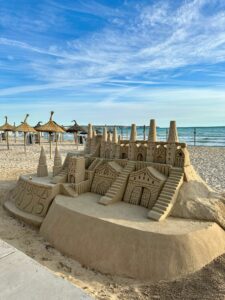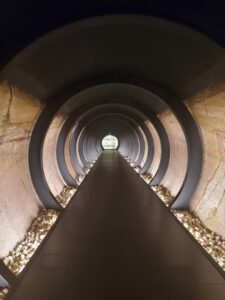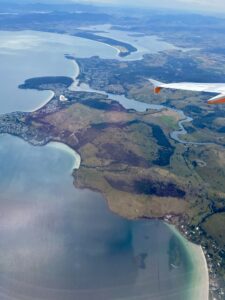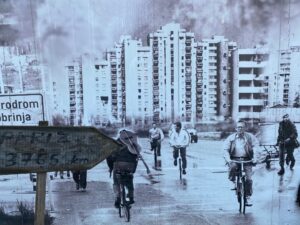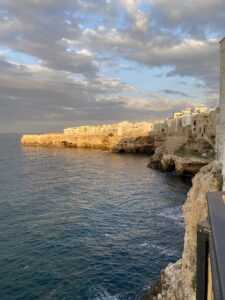Beautiful Sarajevo located in a valley surrounded by mountains, cut into two unequal parts by the river Miljacka, a city which suffered indescribable damage in the war, its tunnel of life proving that the city may be destroyed, but its spirit never. We bring you a story that has traveled the world, about a tunnel that meant life. A story to remember. A story that will leave you speechless.
WAR-RIDDEN SARAJEVO
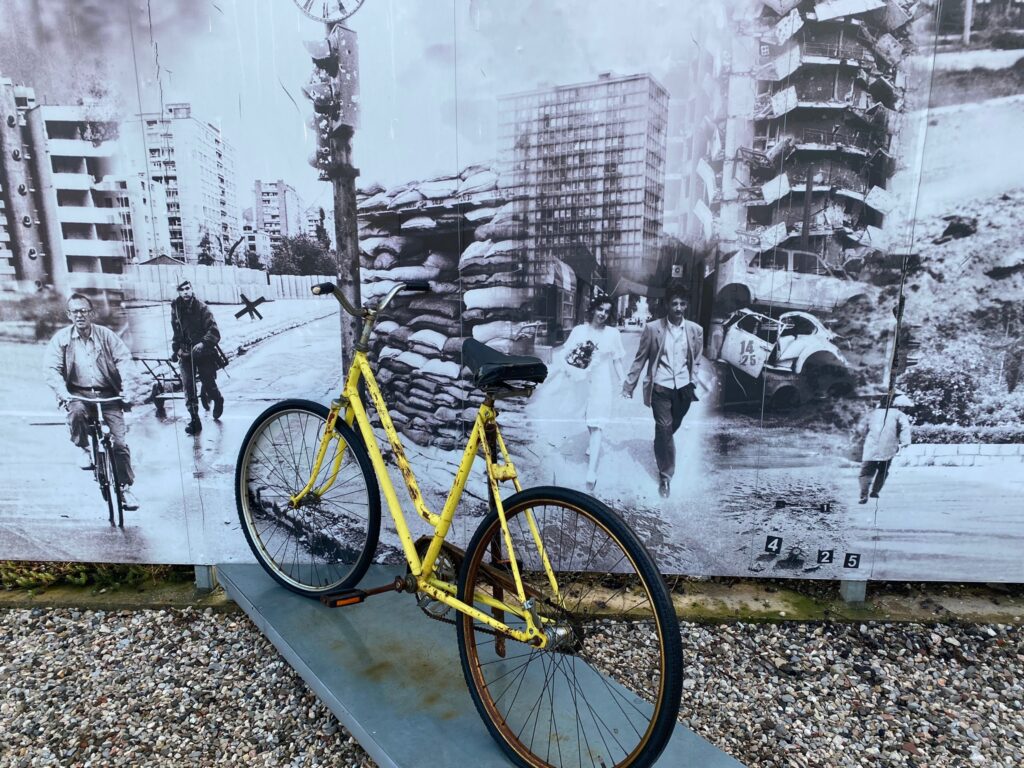
During the aggression against Sarajevo, which was besieged from all sides for a full 1425 days, word spread throughout the planet about the unimaginable crimes against its inhabitants and their enormous desire to live.
Its magnificent mountains Igman and Trebević witnessed the Winter Olympics in 1984, and only eight years later the city would become the target of a crime that must never be repeated and must not be forgotten.
The 80s gave the city rare abundance, the 90s marked a struggle for bare life that is rarely seen.
Whoever had control over the mountains surrounding the city had control over the city itself. The siege began on the night of April 4/5, 1992, and ended on February 29, 1996. The JNA (Yugoslav People’s Army) had six military barracks inside the city from which they could control almost the entire city, and a 65 km ring was created on the surrounding hills around Sarajevo with an almost impossible exit from the city in any direction except towards the village of Butmir.
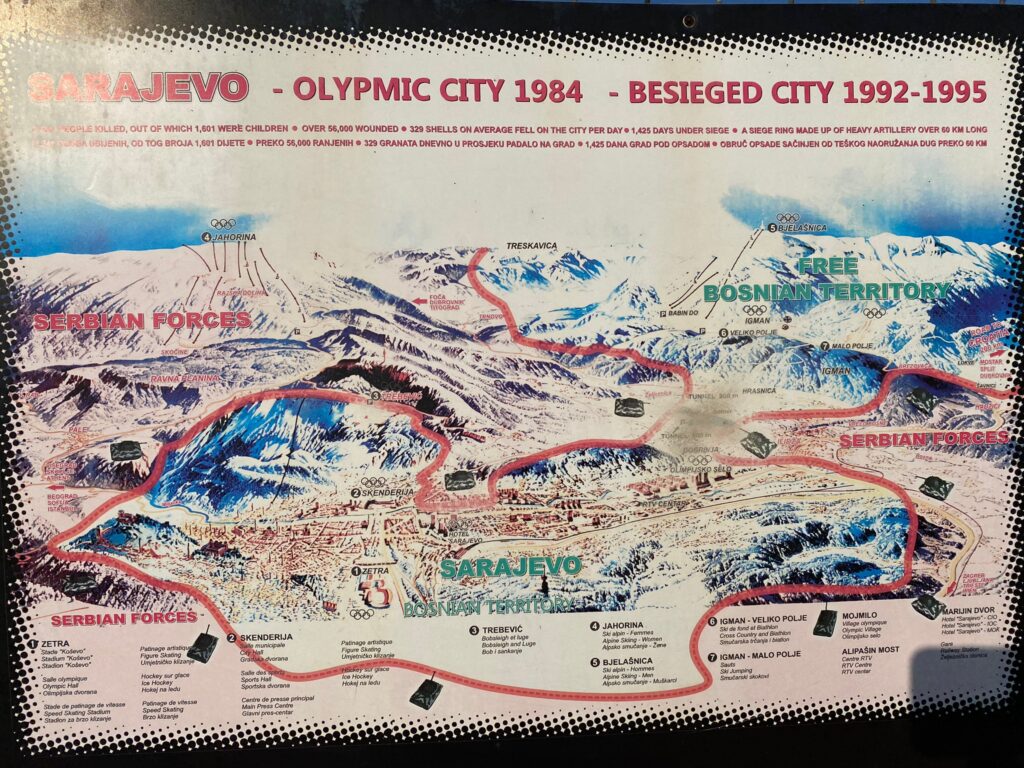
In the daily shelling, the targets consisted of schools, hospitals, mosques, churches, synagogues, maternity hospitals, museums, all cultural and artistic monuments were destroyed, and the grounds of the Olympic Stadium “Koševo” were turned into a cemetery where the dead citizens of Sarajevo were buried.
The widest street in the city became the sniper’s alley and, subsequently, the most dangerous street in the city. Grbavica was an occupied district in the city itself, and civilians were shot from high skyscrapers as they ran through the alley in search of water, but it was impossible to pass without being seen.
The city’s favorite football club Željezničar was completely burned down, and its stadium turned into a minefield.
The people of Sarajevo defended their home, their family, their children and their hearth. At the very beginning, 7,000 people were under arms, and later the others started to join, so that in the end there were 60,000 people who defended it. The battle was fought from house to house, from apartment to apartment, from building to building.
In Sarajevo, a city with three nationalities, two languages and two scripts, it was very well known who the aggressor was and who was defending him. The city itself was defended by 8,000 Serbs.
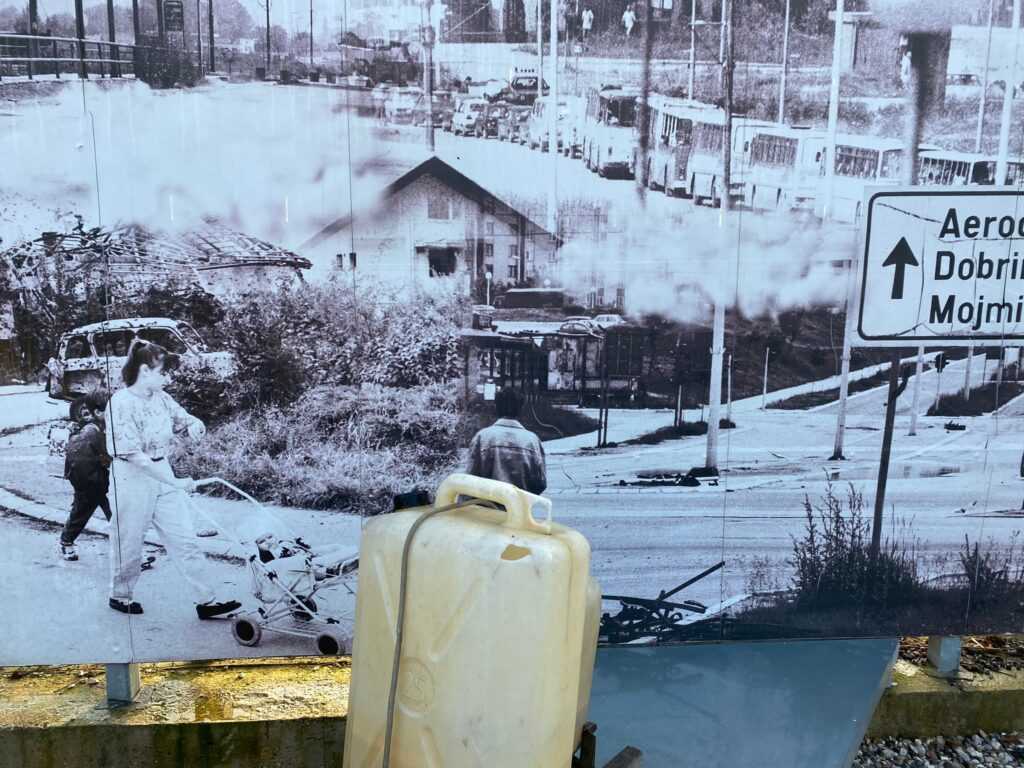
The bitter fate of the city was in the hands of mostly unarmed residents in a city without water, electricity and gas, and the food problem was almost unsolvable. All the food supplies that were in the houses of the citizens quickly melted away and hunger reigned. The help that came from UNHCR was not enough, so the citizens had to look for alternative ways of obtaining food themselves. The people of Sarajevo defended themselves by improvising guns from water pipes, which was life-threatening because it was not known in which direction they would fire.
In the souls of citizens who thought that everything would be over in four months in 1992, the arrival of 1993 incarnated a parallel reality. The winter came with very low temperatures, no heating, electricity that was available on average two days a month and the disappearance of gas and all those blessings that make our lives pleasant and comfortable today.

In such an inhumane environment, people still did not give up and tried to maintain as dignified a life as possible. 361,000 inhabitants lived in total blockade.
The people of Sarajevo grew minimal amounts of vegetables on their balconies, they made their stoves for firewood from cabinets, and they got light with improvised lamps made of lanterns. In the shelters, teachers organized classes and taught children and future generations in order to educate them so that such horrors would never happen again.
Known as the city of culture and art, during the siege, over fifty theater premieres were held in the shelters, resisting the reality of war in a harsh environment where a sip of water could cost one’s life.
But the citizens did not want to leave their homes.
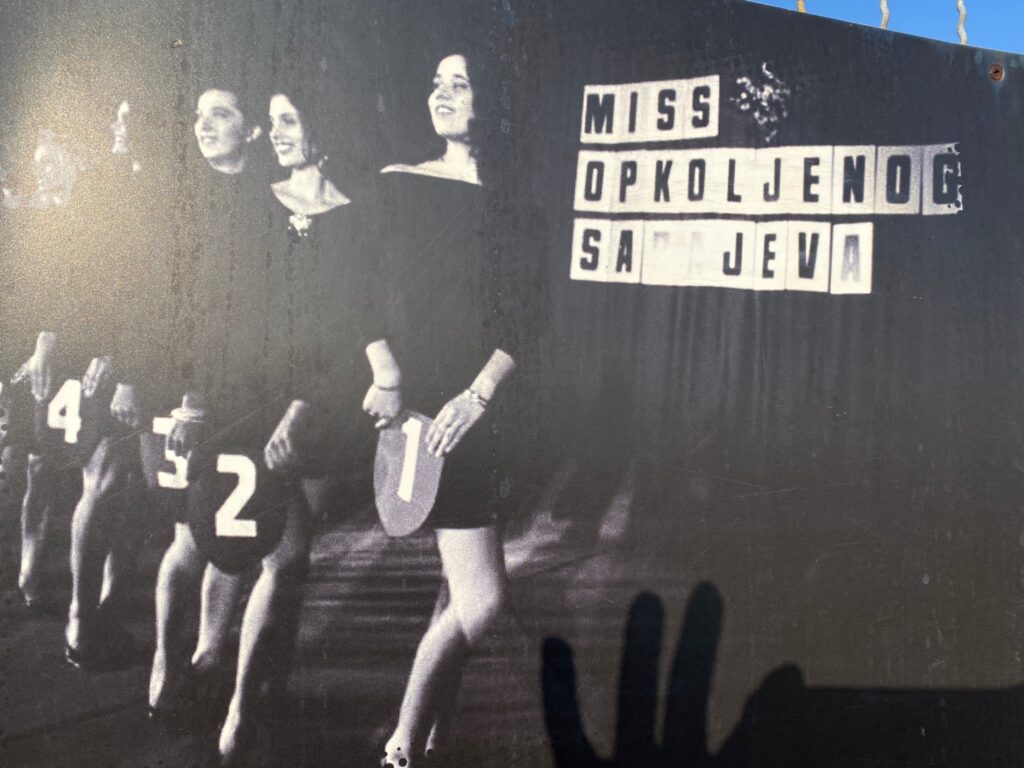
Surreal. In the horrors of war in May of 1993, the first Miss Sarajevo, Inela Nogić, was chosen, and the song “Miss Sarajevo” was written by Bono Vox and Luciano Pavarotti, thus resisting the war and the desire for peace. The girls carried a long sign “Don’t let them kill us” walking down the runway as if the competition was being held in peace. All of them are incredible heroines.
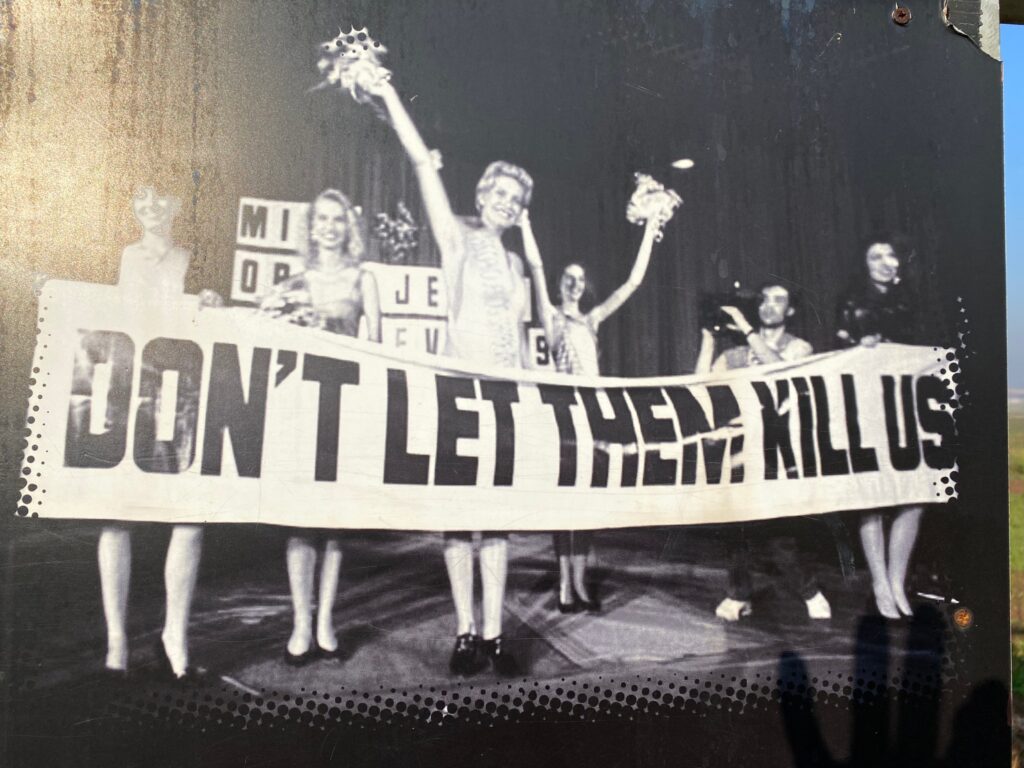
SARAJEVO AIRPORT
The ring of occupation near the airport was the thinnest, and by placing the airport under UN control, this passage imposed itself as the only solution.
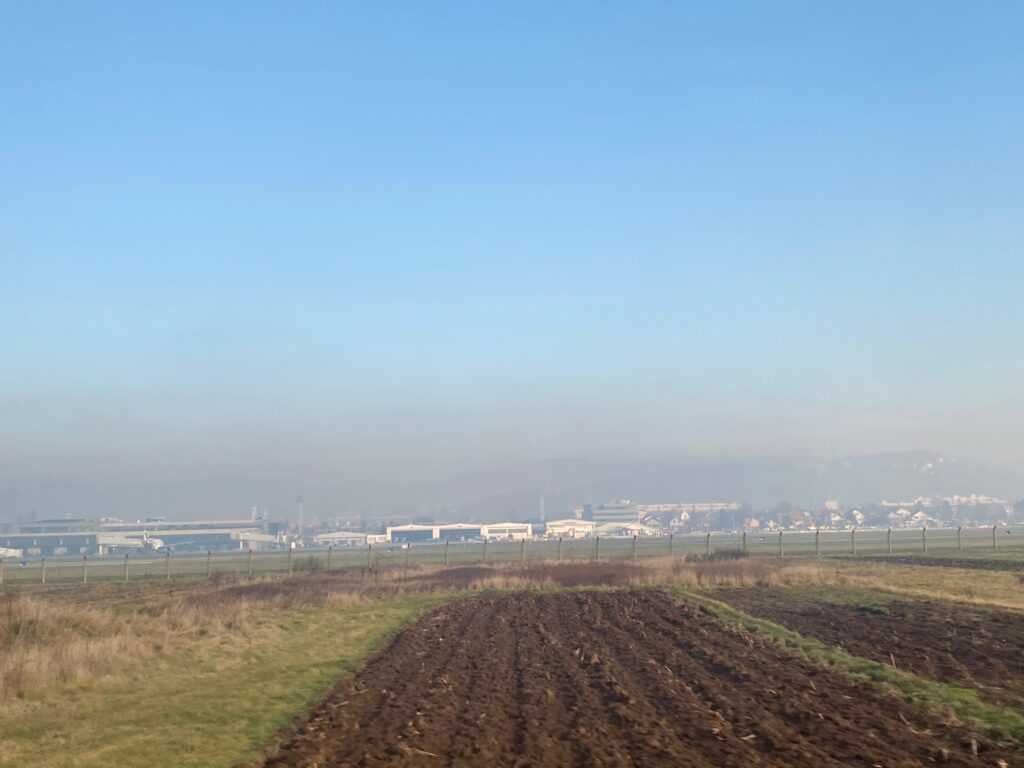
Citizens had the opportunity to cut the wire and run zigzag across the field, risking their lives, to come to a free area in search of food and ammunition to defend their homes.
Running over the 450-meter runway became a dangerous reality, motion sensors were placed along the wire and that place was almost always littered with missiles. A UN vehicle was constantly patrolling the area. It was illuminated by searchlights and light rockets, and crossing was possible only at night. Every run represented a great danger for the person and the load he was carrying, because if he was caught, all his goods were taken away.
The snipers were located 609 meters away from the runway, and even though the UN forbade overrunning, but the residents had no other choice, so during the morning you would see the dead bodies of those who failed to go to get food overnight. Every night someone would lose their life. Under the spotlight 300 people were killed and twice as many were wounded.
Considering that this was the only way to get food and ammunition, the way to Butmir, the oldest village in Bosnia and Herzegovina, the people of Sarajevo thought of a way to either fly over the runway or pass under it, and no matter how surreal that idea was, it soon turned to reality.
Excavation of the tunnel under the airport runway has begun. It was a genius idea of ordinary people and no one believed that it was possible, and after four months and four days the tunnel of salvation, hope and life and the only connection with the outside world was broken.
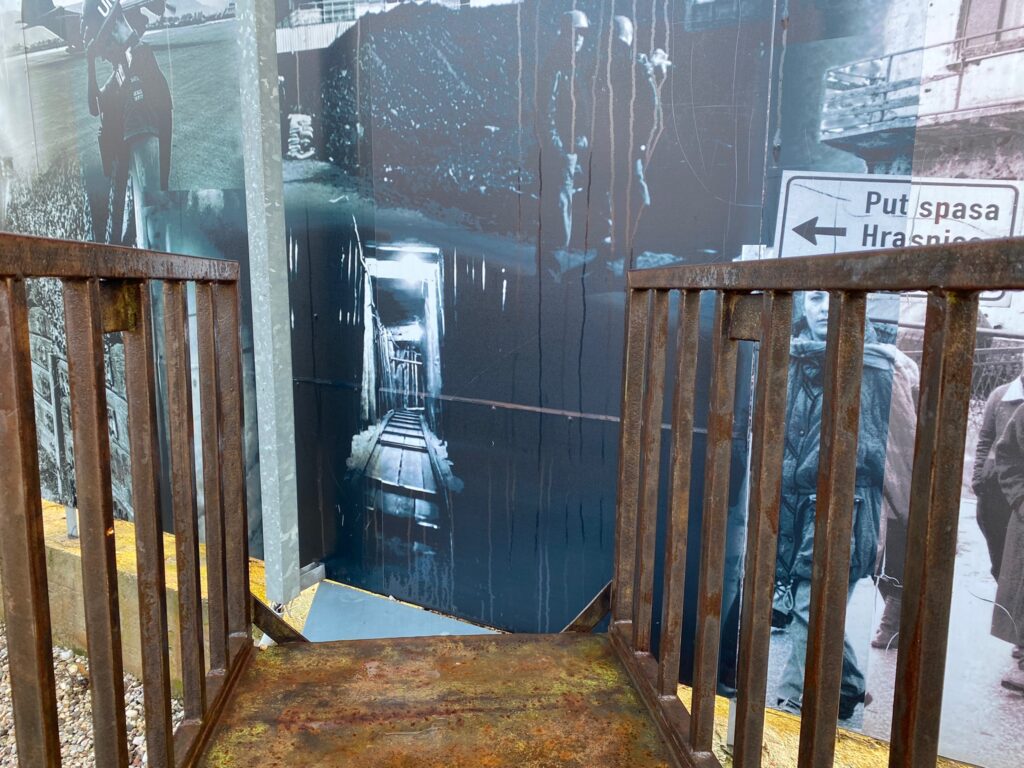
TUNNEL OF SALVATION
Sarajevo’s salvation tunnel began to be dug on both sides of the city at the same time. On one side, the Kolar family gave up their house so that excavation could begin under it, and on the other side, the excavation started from the airport housing.
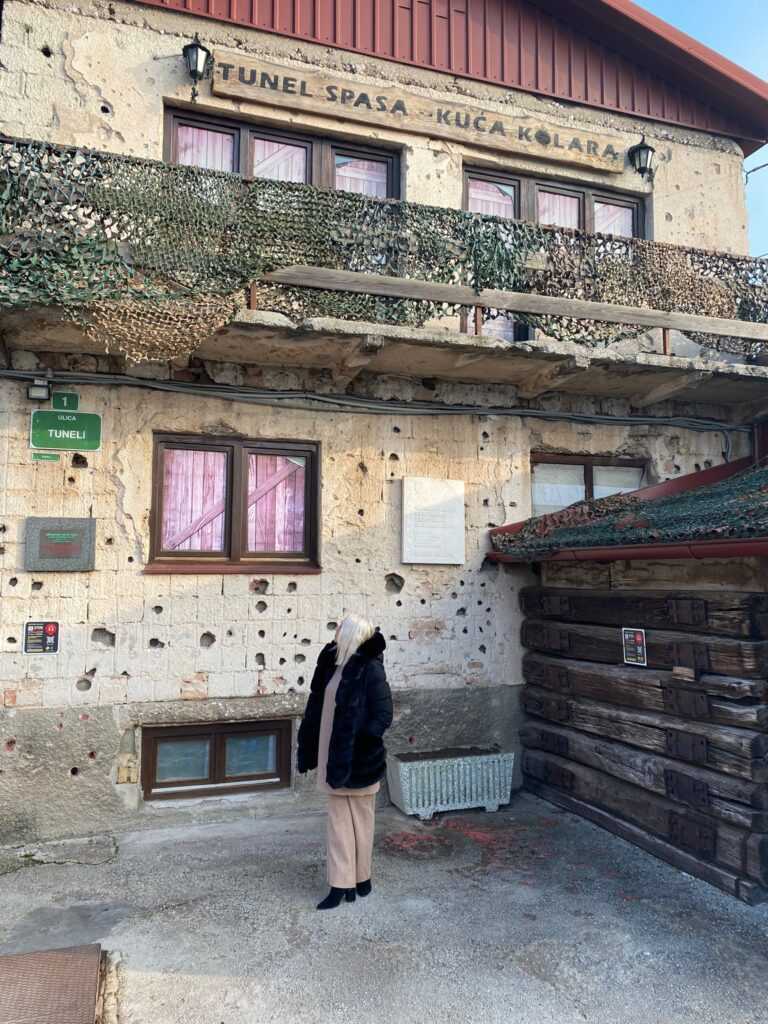
The tunnel could be reached through basements, garages and corridors of neighboring, connected buildings and was kept in the utmost secrecy, no one knew where the entrance was. The house of the Kolar family was often bombed.
The big question was how the tunnel would meet in the middle under the runway. Thanks to the Sarajevo engineers, accurate and precise calculations and the fact that during digging, people were banged metal rods on installations, both sides successfully met in the middle.
The tunnel was dug under the light of candles, it was worked on 24 hours a day, to finally make a tube one meter wide, one meter sixty high and 800 meters long.
People then began to use the only link with the outside world to get food, weapons and everything that was necessary for survival.
Cigarettes became the main currency in the city. One cigarette per five people, even one smoke would get charged.
Prices were skyrocketing and people were selling all the valuables they had. Thus, on one occasion, a young man gave a very valuable art painting for four bottles of cognac to celebrate his 20th birthday. A grandmother gave a diamond ring for a sack of potatoes.
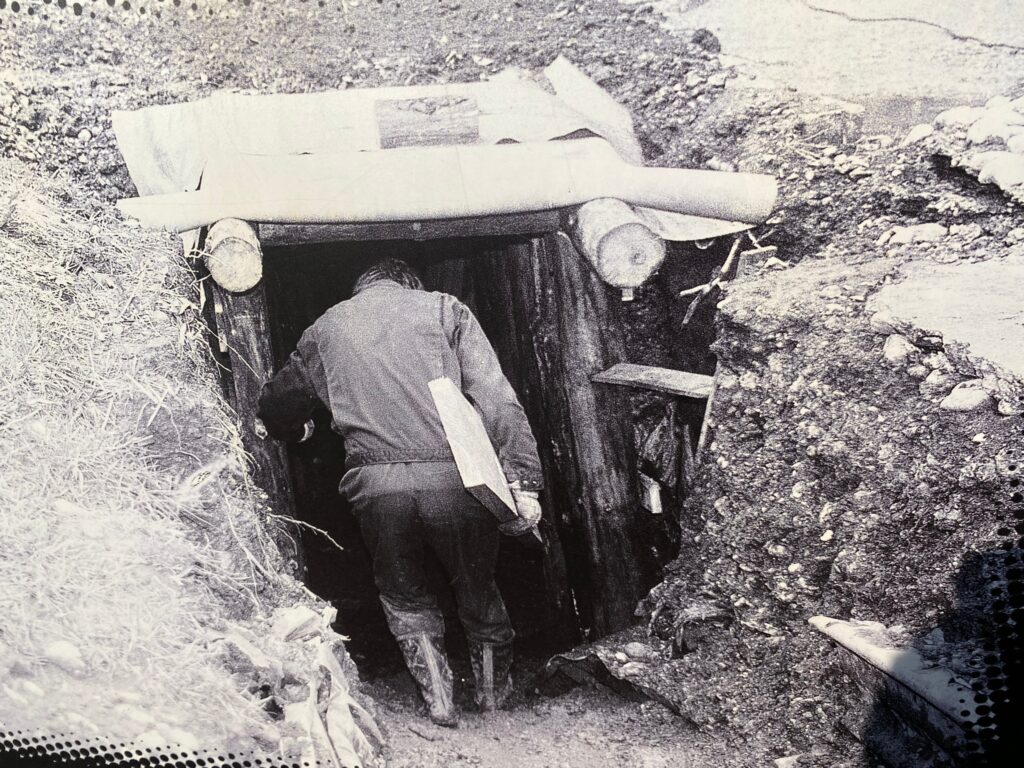
People managed as they knew how, one man led a goat through the tunnel for which he paid 10,000 marks, with the salary at that time being 100 marks. At that time, a liter of milk in Sarajevo cost 70 marks, and a liter of oil 90. A man bought a cow that could not fit in the tunnel, so he put a white sheet over it with the words “UN” written in large letters and let it cross the runway, which he succeeded in the end, and luckily the UN turned a blind eye for him.
On average, 400 people passed through the tunnel a day, ten at a time, accompanied by a soldier with a repeating rifle to ensure that no enemy was found among those defending the city. The people of Sarajevo could have fled, but they did not want to leave their homes.
You could go through the tunnel in three ways only: with a one-time permit, which was difficult to get, paying to cross with a lot of money, or through a connection.
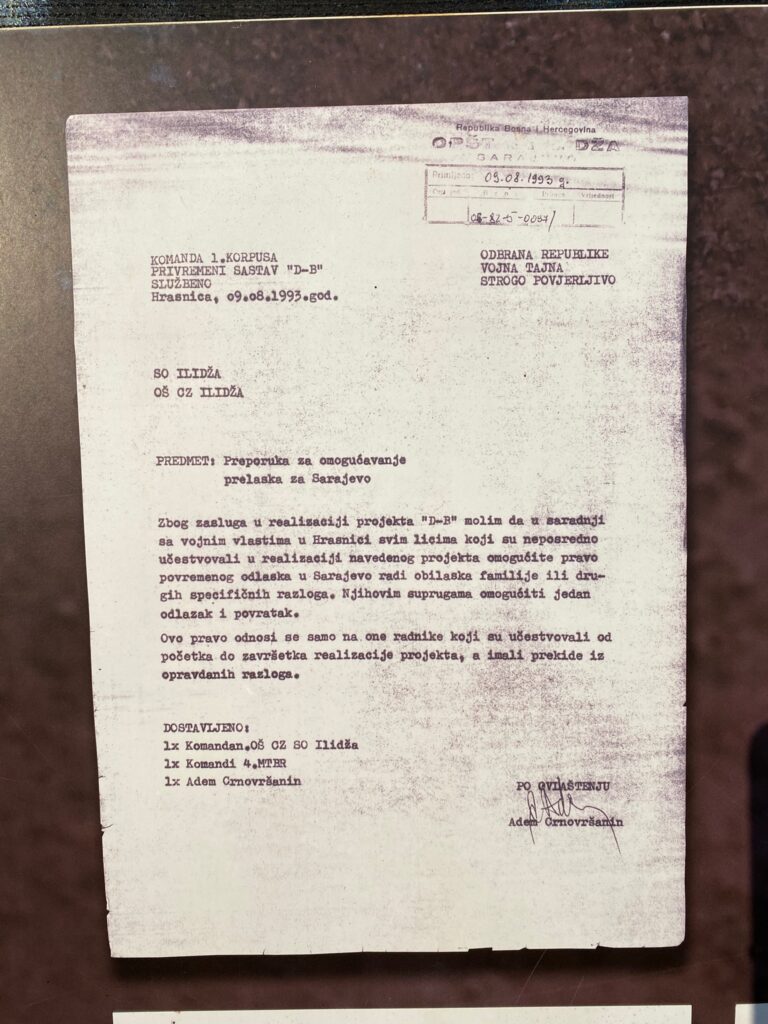
Backpacks, which often weighed 35 kilograms, carried things, food, and the maximum a person could carry. The strenuous passage through the tunnel lasted 45 minutes, and very often 6-degrees water filled it halfway resulting in people barely making it out, hypothermic. It was forbidden to carry alcohol and explosive devices due to the high degree of flammability. During the war, about three million people passed through the tunnel.
Electric cables and gas pipes posed an extreme danger, making every passage a life-threatening challenge. At that time, there was electricity in the city only two or three days a month.
Help was coming from Mostar, Split and Dubrovnik.
From a political point of view, the UN did nothing. However, the people of Sarajevo say that there were individuals who helped and showed humanity in the most difficult moments of the city and its inhabitants.
In the Kolar house, the grandmother named Šida Kolar offered a glass of water to the people exiting the tunnel and with her trembling, old hand, she resisted the aggression and in this way made her contribution in those fateful days. As the house and the entrance to the tunnel were constantly targeted by mortar shells, it became a symbol of resistance against the war.
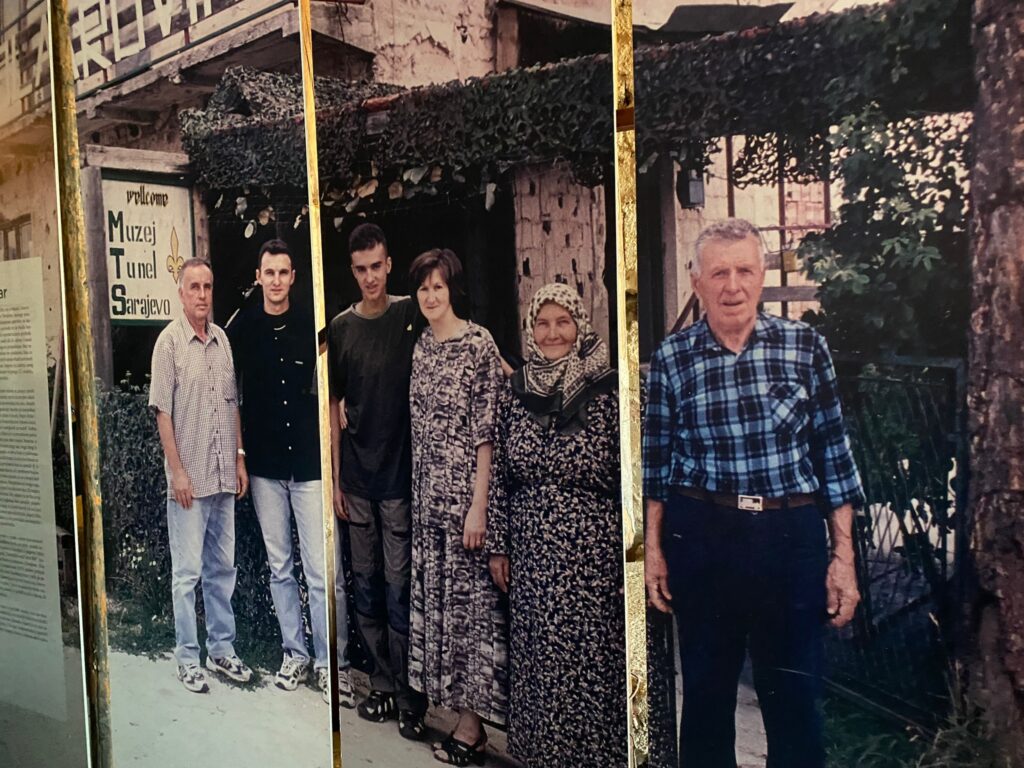
After the end of the war, Bajro Kolar and his son Edis refused humanitarian aid for the reconstruction of the house, wanting to preserve the tunnel in its original state. They were guided by the thought that if they forget the tunnel, they will forget themselves. So Bajro started collecting objects around and in the tunnel, he considered it his duty to open a museum in his house, not only for the citizens but for the whole world. Thanks to them, today there is a museum in their house, which is visited by thousands and thousands of people every day, and a 25-meter original tunnel that goes out into the very yard of the former family house.
The tunnel of salvation is also called the tunnel of life, because the gas pipeline and electricity passed through it, which then supplied the Sarajevo hospital where doctors on the second battlefield fought to bring their citizens back to life.
May 7, 1995. a mortar shell killed five people at the entrance to the tunnel when the biggest symbol of the city, the Sarajevo Rose, was created, which can be found throughout the city and symbolizes the spilled blood of innocent victims.
SARAJEVO ROSE
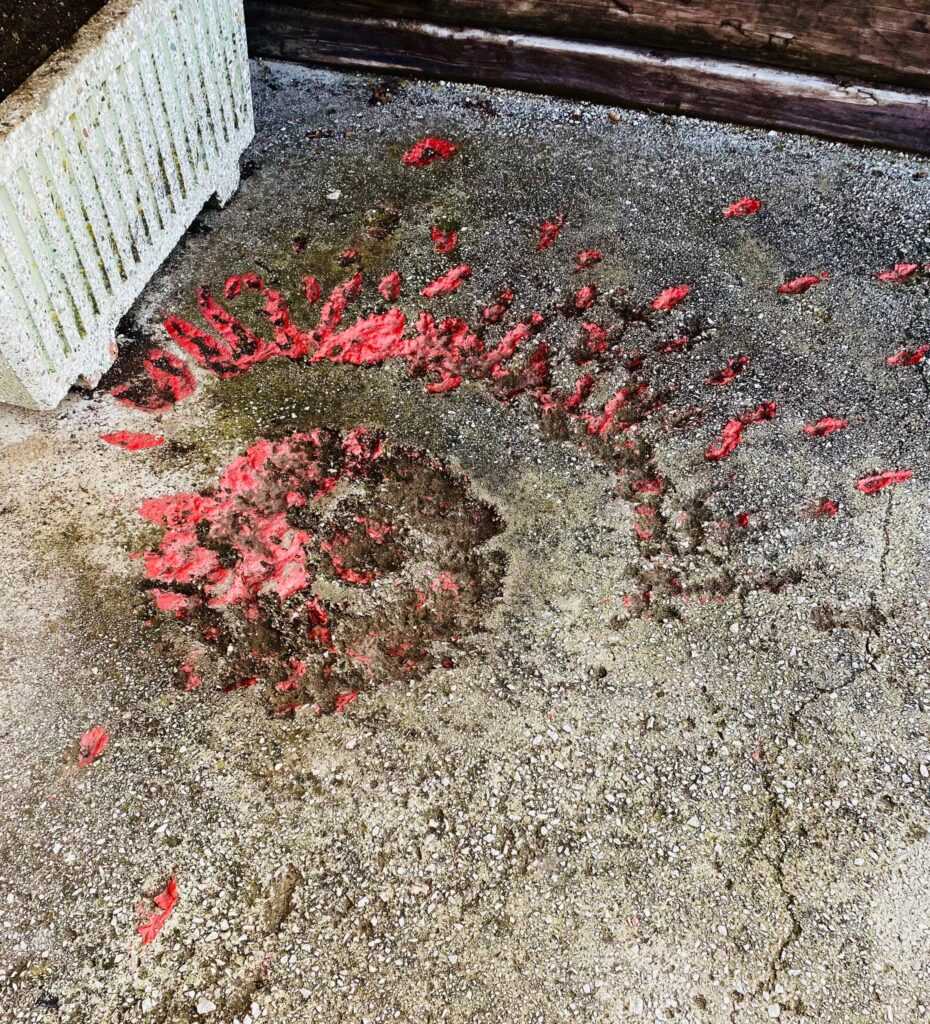
It represents the symbol of the martyred people of the besieged Sarajevo and the brave fight of its inhabitants in the siege of the city which lasted for 1425 days. As a constant reminder, it bears witness to the time when the blood was spilled of people who lost their lives waiting in line for water, children who were carelessly playing and all those who were trying to survive in a city with no way out.
During the aggression against Bosnia and Herzegovina, thousands of mines fell on Sarajevo, an average of 329 per day, and each of them left a mark on the asphalt or on objects that resemble flowers. Today, such traces are preserved in many locations in the city and are filled with red paint.
11,541 people were killed in Sarajevo, of which 1,601 were children.
Fifty-three children were killed by sniper shots.
Who is the one who can look through a sniper scope and, seeing a child, pull the trigger?

FOREIGN JOURNALISTS
There were a lot of foreign journalists in the city at that time who were reporting from various city locations, appealing to the world with stories about the horrors happening in a European capital at the beginning of the 21st century. They knew about the tunnel of salvation and seeing what it represented and how much it meant to the inhabitants of the city, they mutually agreed not to write about the tunnel at that time in order not to reveal its location.
In this way, they saved many lives, taking the biggest step of humanity and solidarity in Sarajevo.
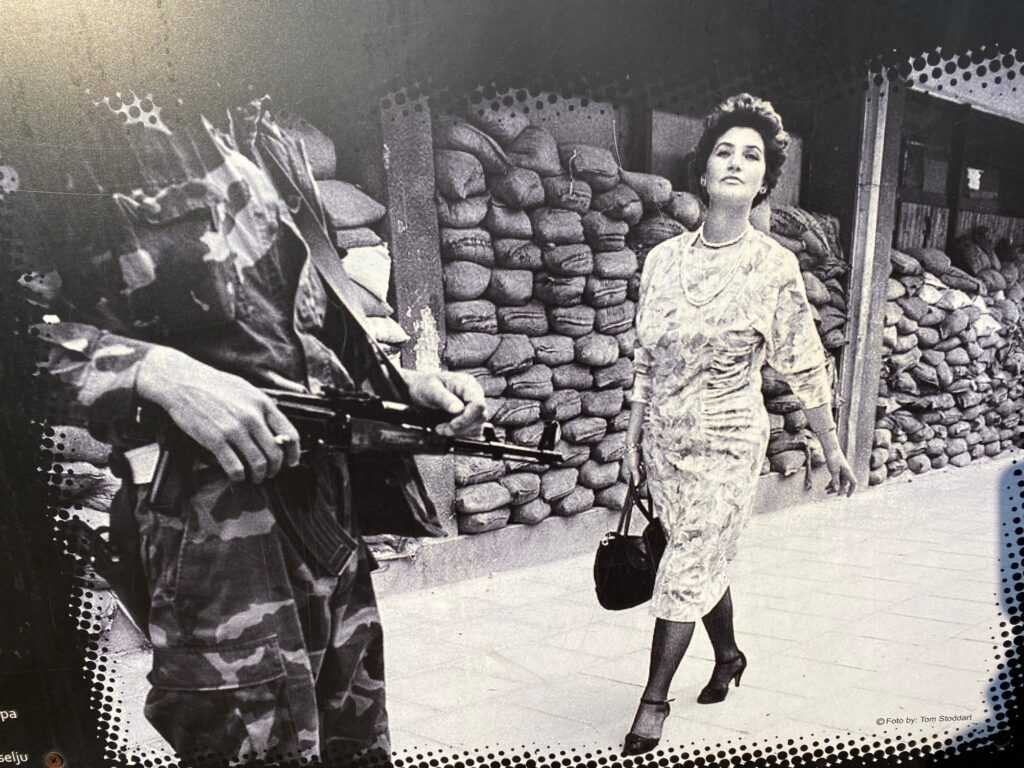
SCREAM FOR SARAJEVO
During the longest siege of a city in the history of modern warfare, the lead vocalist of the heavy metal band Iron Maiden, Bruce Dickinson decided to hold a concert in besieged Sarajevo in 1994. The band came to Dubrovnik, where a helicopter was supposed to be waiting for them to take them to the entrance of the tunnel, but they were told that the helicopter had broken down and that they could only go at their own risk. They did it! They went through the tunnel and come out into the city, where the citizens hid them so that the army wouldn’t kill them. They held a concert in a community center, risking their own lives and supported the citizens with their music amid the chaos of war. What their arrival in Sarajevo looked like in 1994. can be seen in the movie “Scream for me Sarajevo!”
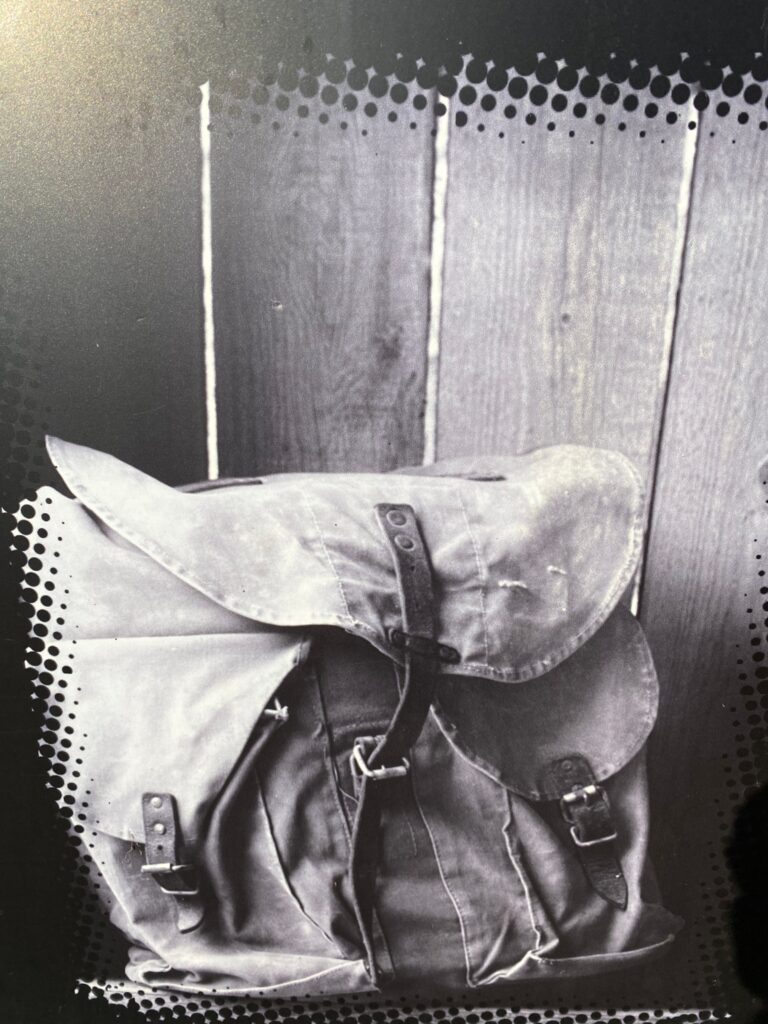
WAR IN MY HOMETOWN
At that time, the war was also going on in my hometown of Slavonski Brod in Croatia.
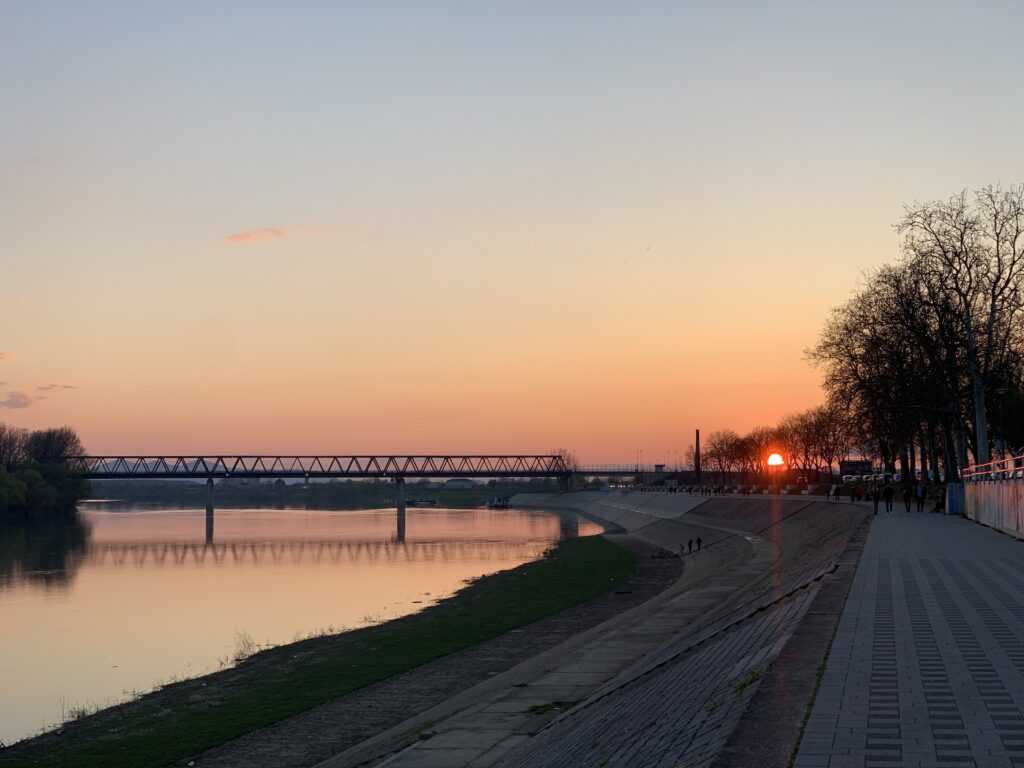
I remember…
of my friend Anđelko, who had the most wonderful smile in the world, who, while lowering the blinds in his apartment, got hit by a shrapnel directly to his heart, from which he died on the spot,
of my schooling when, as a seventeen-year-old girl, I drove my friends to the surrounding villages so that we could attend school together, avoiding the shells that littered the city streets,
and the canceled prom that was supposed to take place at Monaco Club, which was hit by a shell the night before,
and the fall of city Okučani the night before our scheduled departure of the graduation trip that we didn’t go on,
the sound of a missile being fired from the Motajica Hill in Bosnia and Herzegovina and counting down ten seconds before the shell explodes into the city,
of planes that constantly flew over my town, targeting the bridge, and how panicked we would all run to the shelter,
and that unfortunate father holding the dead body of his beloved son in his arms, crying to the heavens.
I remember Čvarak who committed suicide because it was all too much for him.
I remember throwing up from the war!
I vividly remember the news and footage of Sarajevo and the massacre of people in the city market who came to get basic groceries, and a minute later they were lying lifeless on the road, their limbs scattered around them.
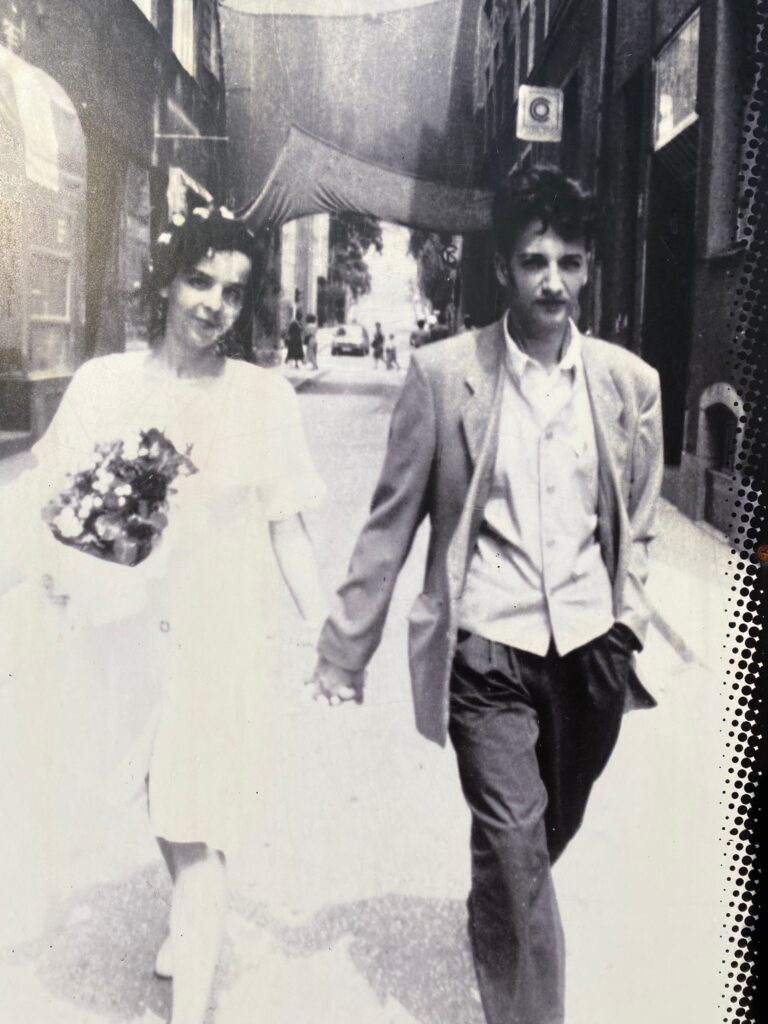
I don’t want to remember it anymore!
I WANT PEACE IN EVERY CORNER OF THE WORLD !
I want to remember those days when we lived carefree, ran in the meadows, climbed trees, played with each other, spent days together, sang our songs, got married and rejoiced.
Let’s go that way together. Through solidarity, through togetherness, because the tunnel of salvation remains for us as a witness to how a city can be destroyed, but its spirit cannot ever.
It reminds us of the connection between the tragic past of Sarajevo and my hometown, and its light at the end symbolizes a look into a more beautiful and better future for everyone.
For Sarajevo, Slavonski Brod and other cities that died in the senseless war, let them enjoy peace, because there is no way to peace, PEACE is the way.
When people are united in pain, fighting for the most valuable thing, which is their own life, we can learn only one thing from this incredible story that still travels around the world. Let’s be there for each other in unity, love and peace.
When you come to Sarajevo, please visit this incredible Tunnel and publish its story on social networks and talk about it, because thirty years ago journalists were silent out of solidarity, now it’s our time to speak up.
Thank you for your attention
I sretan put!
